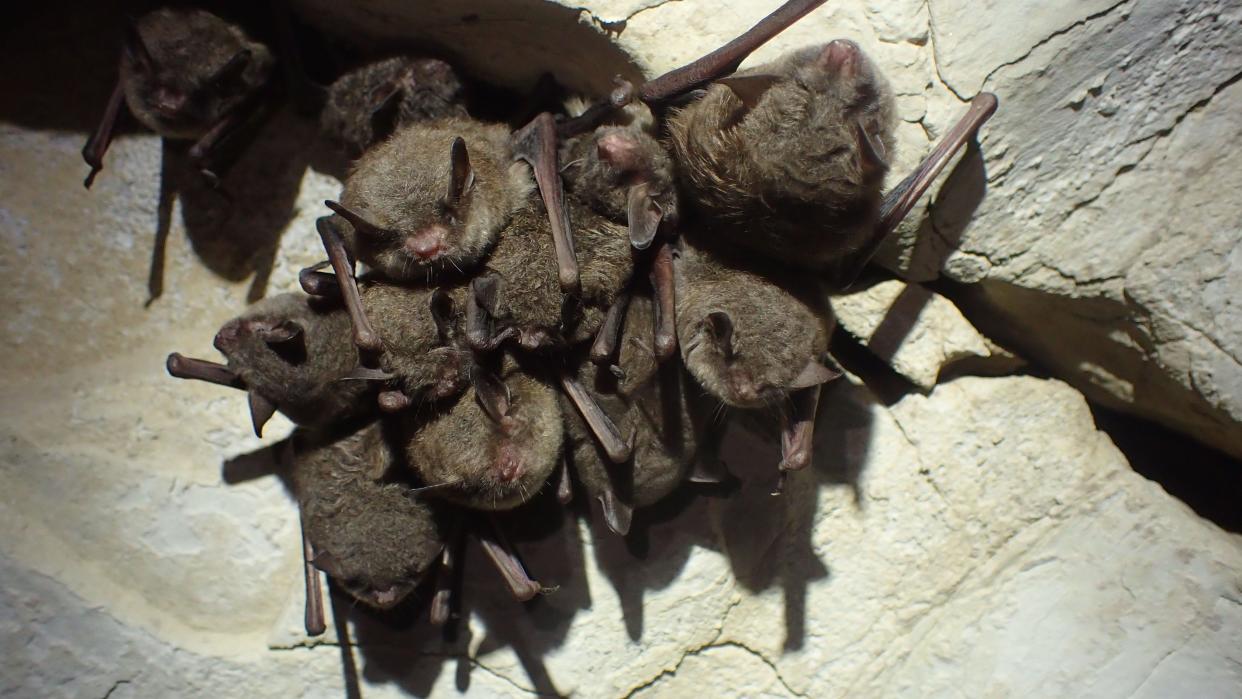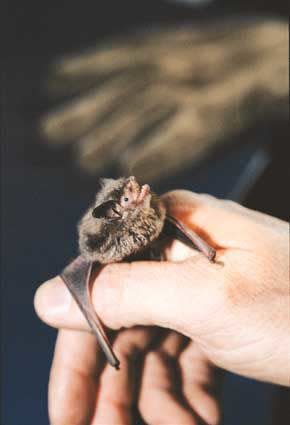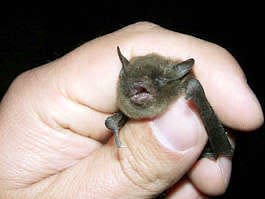Des Moines County Conservation hopes to create habitat for imperiled bats

Des Moines County Conservation has submitted a grant application to Iowa’s Resource Enhancement and Protection program that if approved will enable the DMCC to acquire a pristine 20-acre tract in northern Des Moines County for protected habitat for an imperiled species of bats.
The plot is bottom land forest in Franklin Township and includes 2,100 feet of the Flint Creek corridor — critical habitat for bats used for foraging, drinking and roosting. The land is adjacent to the 263-acre Hickory Bend Conservation Area that is owned and managed by the DMCC.
The 20-acre plot, referred to in the grant application as the Shanstrom Addition, began its journey into DMCC protection in 2016 when the DMCC and the U.S. Fish and Wildlife Service Field Service grew concerned about reports of sharply declining bat populations in the region.
More: Sunny's Legacy cat shelter celebrating grand opening of new location in Morning Sun
The agencies then began population surveys throughout the county, with a focus on the Flint Creek corridor. That study revealed that all nine species of bats found in Iowa could be found along the stream that rises in the northern reaches of the county and enters the Mississippi River above Burlington.

Of special concern to the researchers was the limited presence of the Indiana bat – an animal listed by both the state and federal agencies as endangered. The 2016 survey also found a population of northern long-eared bats — a species listed as threatened.
Since the initial survey, the DMCC has conducted additional bat research using acoustic monitoring systems to further identify the importance of the Flint Creek corridor to bat survival.
DMCC Board member and Southeastern Community College professor Cathy Ziglar has continued the bat acoustic surveys at many of the county’s recreational areas — including those areas receiving special attention in the original 2016 study.
The results of the 2022 study proved alarming because it found no indication of the threatened northern long-eared bat at any of the original test sites and the presence of the endangered Indiana bat could be confirmed only at a single site. This is a sharp decline from the seven sites where bats were detected in 2016.
The single location where the Indiana bat are now detected is the county’s Hickory Bends preserve, with the adjacent Flint Creek corridor providing a critical foraging area for the animals.
More: How Shoeloose the Clown has become a staple of Fort Madison's Tri-State Rodeo
The importance of the Shanstsrom Addition to maintaining a bat population was emphasized by DMCC director Chris Lee in his submittal of the grant application.
“We don’t understand the full reasons behind the low bat numbers this year but acquiring this property will ensure that land known to provide habitat for vulnerable bat species will be permanently protected,” Lee stated in the proposal.
Lee’s concern regarding the sharply declining bat population for the endangered and threatened species is shared by Cathy Ziglar, who has been using sophisticated acoustical monitors and computer software to capture the calls of the bats as they emerge at night to forage.

"We place the microphones in the woods and leave them there overnight,” Ziglar explained. “Then we employ special software that will tell us what type of bat is making the sounds we are picking up. This is really a continuation of the studies that began ten years ago.
“We’ve also conducted mist net studies on the bats where the animal is captured and what we are finding is that in certain areas in the county the bat population is way down and we’re not certain why” she said.
The maintenance of a healthy bat population is important as they consume many types of insects and some species act as pollinators.
Ziglar and Lee agree that maintenance of the Flint Creek corridor is vital to a healthy bat population because it links communities of the animal that might not be viable if isolated from larger populations while providing both roosting habitat and foraging grounds.
More: A case of the mosquito-born West Nile virus has been confirmed in Iowa
The Shanstrom Addition is offered to the county by its owner, Colton Shanstrom, who recognized both the ecological importance of the plot and the DMCC’s ability to be good stewards of the land.
Acquisition of the 20 acres will not only benefit bat populations but will provide additional outdoor recreational for the public. The area is one of a very few areas in Des Moines County where one can sit for extended periods and not hear another human sound.
The acquisition of the Shanstrom plot is a part of the ongoing effort by the county board to meet the public request to acquire protected land and habitats as expressed in a 2018 survey of county residents.
No improvements to the site are planned, other than a gravel parking lot. The REAP program is expected to make a decision on the grant application this autumn. The addition has a great mixture of wildlife for the public to enjoy and hunt and will contribute to the area’s quality of life.
This article originally appeared on The Hawk Eye: Des Moines County Conservation hopes to create a habitat for bats

